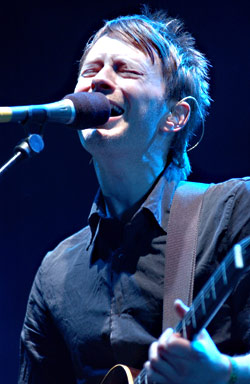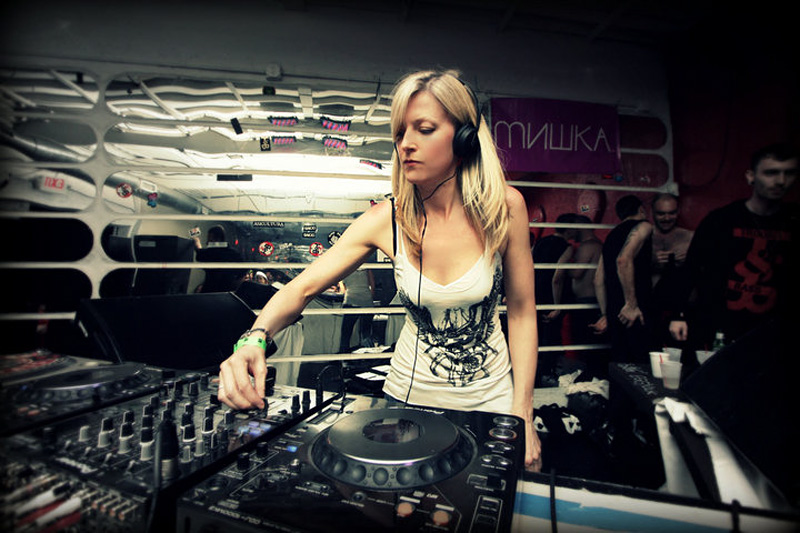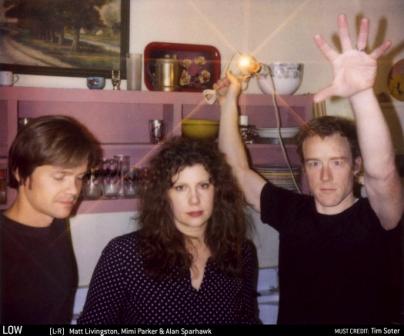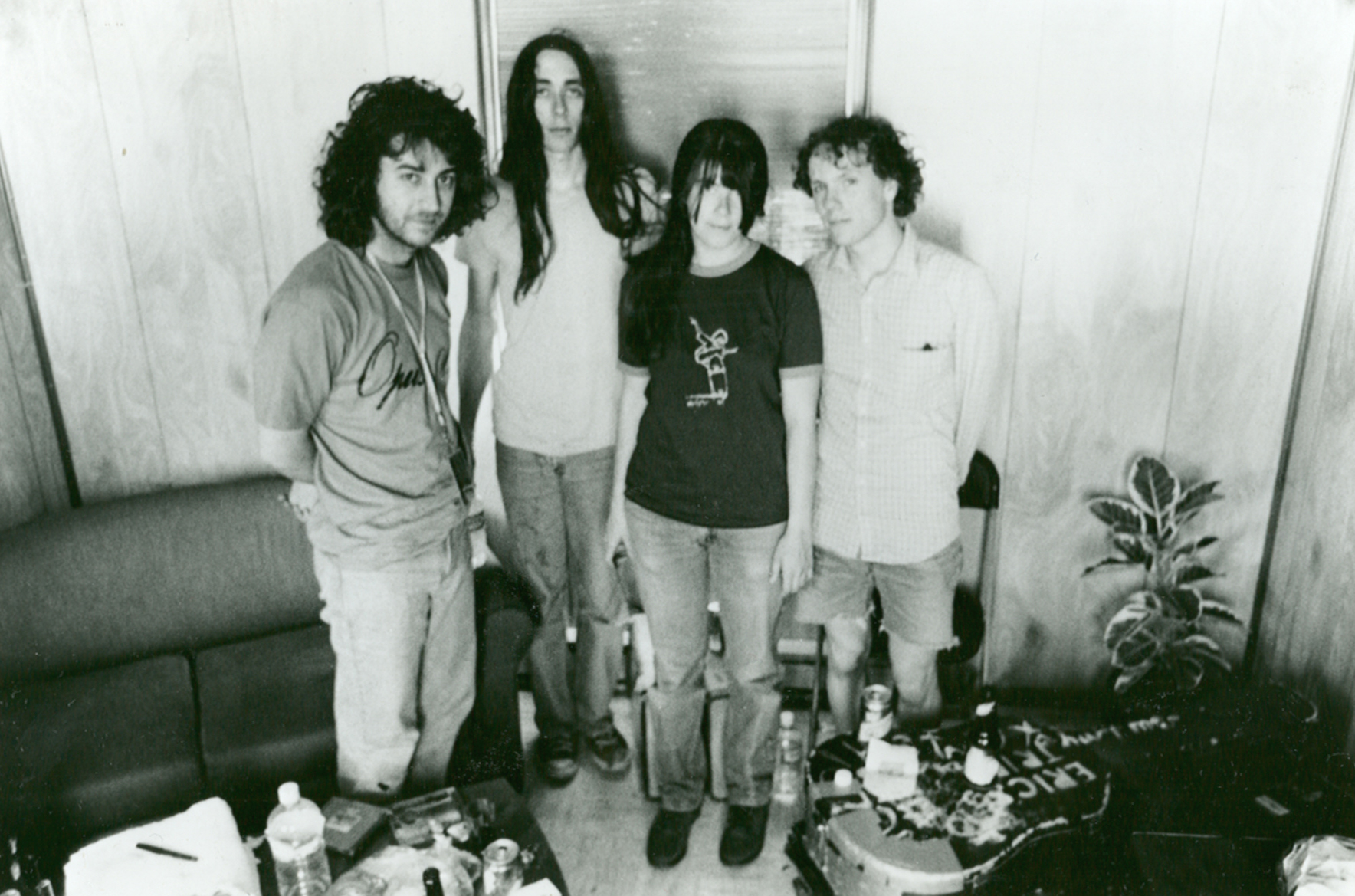Lollapalooza may have reigned as the ’90s festival of choice, but the Coachella fest—held in Indio, Calif., every April since 1999—has proved that if you book the right bands, people will come. Some 20,000 attended in 1999, and the number reached 100,000 five years later, as chronicled in Drew Thomas’ documentary. Why such success? Coachella shows us wildly diverse performance highlights from bands both emerging (the Arcade Fire, the Mars Volta) and established (Radiohead, Björk). We also get enthusiastic interviews from the artists (Michael Franti, Flea, Beck, etc.) and festgoers, and follow some of the latter en route to the arid polo field. Thomas adds time-lapse images of the stage structures going up, and rehearsals of the Flaming Lips’ Wayne Coyne trying out his “space bubble,” a plastic orb in which he’ll later walk over the crowd.
Coachella isn’t the kind of straightforward doc that charts the festival’s growth. You’re left to guess which year it is by inferring when each iconic band is onstage—like the White Stripes (2003) or Arcade Fire (2005) playing at the obvious height of their blowing-up-ness. Still, these performances can be time capsules of exciting moments for left-field bands that made a mark, however brief. (One such treat is watching Fischerspooner get fluffed and glittered backstage before playing the theatrical “Emerge.”)
Recognizing that electronic music no longer needs to be relegated to a side tent, Coachella grants equal time to the Chemical Brothers’ shamanistic crowd control and Morrissey’s melancholy balladry. Meanwhile, in the frenzied drum-and-bass tent, the DJ goes uncredited (maybe dance music isn’t quite yet receiving its due). If you couldn’t make it to Coachella ’06 (where TV on the Radio dazzled and Daft Punk devastated), this might be the next best thing.








